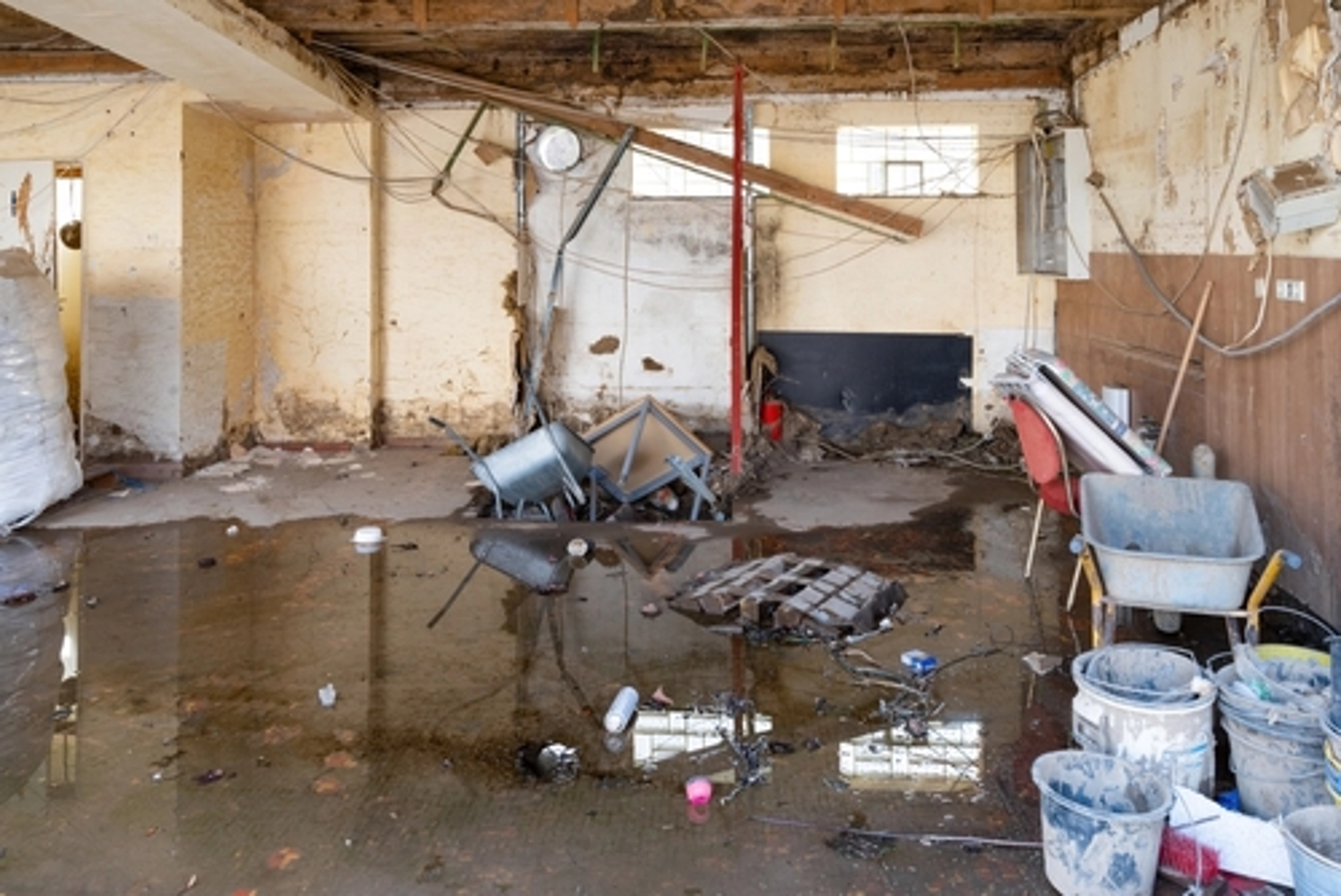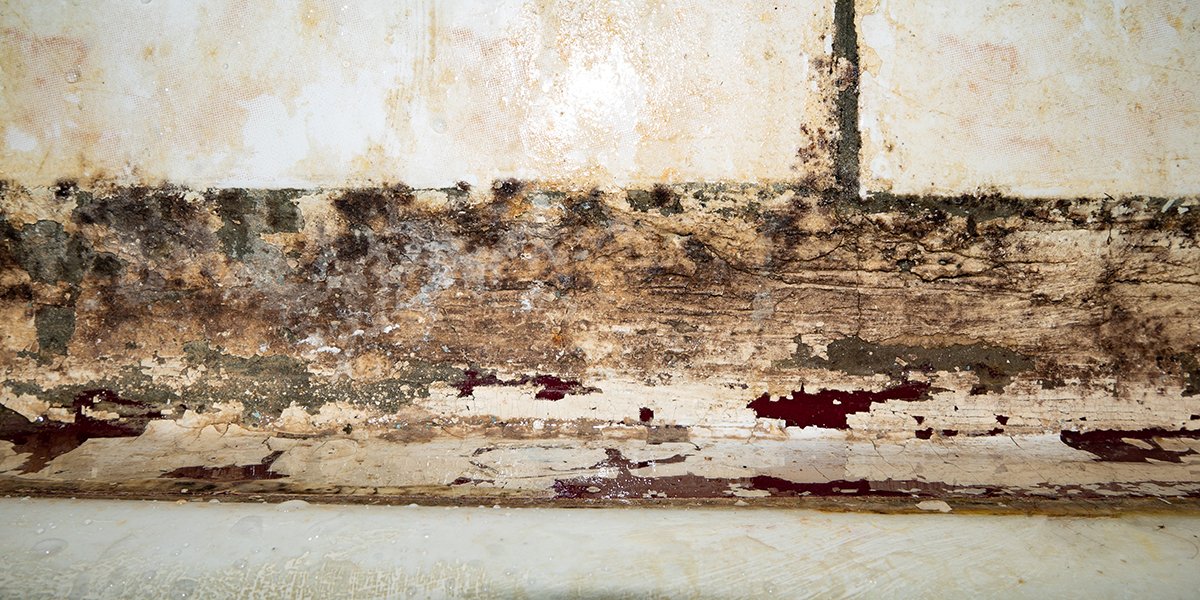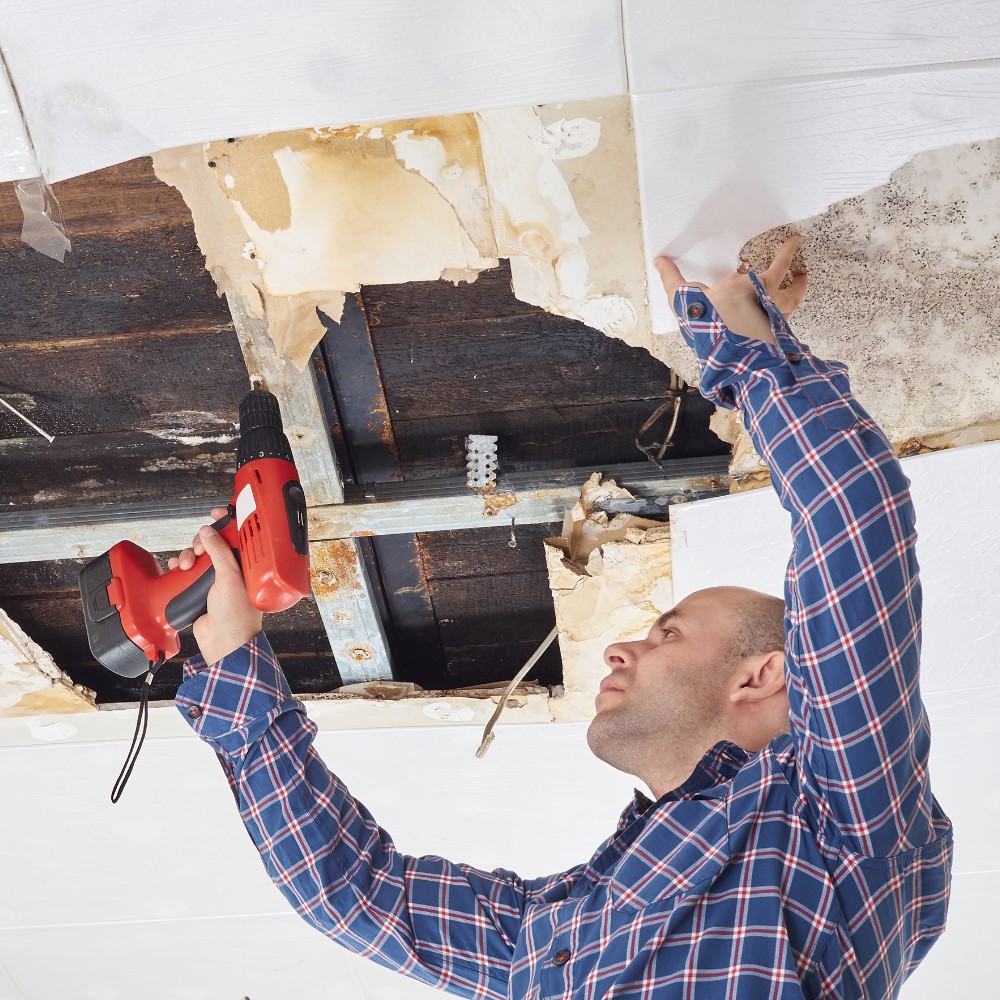Expert Water Extraction Services to Safeguard Your Property from Damage
The Process of Water Damages Cleanup: Ensuring Your Home Is Restored Effectively
Water damages can be an overwhelming obstacle for homeowners, demanding a meticulous and structured clean-up process to recover safety and security and functionality. damage restoration services. Following this, efficient water extraction strategies play a pivotal function in alleviating further injury.
Assessing the Damages
Upon discovering water damages, the primary step is to thoroughly examine the extent of the effect. This initial examination is vital, as it assists identify the essential steps for effective cleaning and reconstruction. Begin by examining the impacted locations, consisting of wall surfaces, ceilings, floors, and individual possessions, to recognize the source of the water breach, whether from flooding, leaks, or condensation.
Recording the damages is necessary for both insurance policy claims and preparing repair efforts - damage restoration services. Use photographs and created notes to capture the severity of the damage, keeping in mind any type of affected structural elements and materials. Pay special attention to locations that may not be right away visible, such as behind wall surfaces and under carpetings, as concealed dampness can lead to more issues, consisting of mold and mildew development
Furthermore, assess the timeline of the water direct exposure. The longer the materials stay damp, the better the potential for damages. Understanding the period of direct exposure will inform the seriousness of remediation initiatives. Eventually, an extensive assessment lays the groundwork for an effective water damage cleaning procedure, making certain that all influenced areas are dealt with properly and thoroughly.
Water Removal Strategies

Professionals commonly use submersible pumps for larger volumes of water, which can rapidly reduce flooding in cellars or other affected locations. For smaller sized quantities, wet/dry vacuums are frequently utilized to remove residual wetness from rugs and tough surfaces. In addition, using portable extractors permits for targeted elimination in constrained spaces or areas with delicate materials.
In instances of contaminated water, such as sewage or floodwater, progressed extraction strategies might entail using biohazard devices to make sure security and conformity with health policies. High-powered extraction tools are important in minimizing water retention in architectural products, which can bring about mold development and architectural degeneration if not attended to quickly.
Inevitably, the performance of water removal strategies plays a pivotal duty in the general success of the water damage cleanup procedure, laying the foundation for succeeding repair initiatives.
Drying and Dehumidification
As soon as standing water has actually been effectively removed, the following crucial phase in the water damage clean-up procedure is drying and dehumidification. This action is necessary to stop further damages and mold growth, which can happen within 24 to 48 hours in damp environments.
To achieve efficient drying, customized devices such as industrial-grade air moving companies and dehumidifiers is used. Air movers distribute air throughout damp surface areas, improving evaporation rates, while dehumidifiers decrease humidity levels airborne, promoting a helpful atmosphere for drying out. The combination of these devices makes sure that wetness is extracted from wall surfaces, furnishings, and floors, enabling them to dry completely.
It is essential to monitor the drying process carefully. Experts frequently make use of dampness meters to evaluate the wetness web content in various products, ensuring that all affected areas get to appropriate dryness levels. This precise method assists to avoid covert wetness pockets that might lead to structural damage or check my reference undesirable mold development.

Cleansing and Disinfecting
After the drying and dehumidification phase is total, the following important action in water damage cleaning is cleaning and sterilizing the influenced locations. This procedure is essential to stop the growth of mold and mildew, microorganisms, and other microorganisms that thrive in damp settings.
The cleaning phase typically involves eliminating any type of particles, dirt, and pollutants from surface areas making use of specialized cleansing representatives. For difficult surfaces, a combination of soap and water or commercial cleaning products is frequently employed. Soft materials, such as upholstery and carpets, might need a lot more comprehensive cleansing approaches, consisting of vapor cleaning or deep removal strategies, to make certain extensive cleanliness.

Disinfecting complies with cleaning, utilizing EPA-approved disinfectants to remove hazardous microbes. This action is important, particularly in areas that might have entered into call with floodwaters or sewer, as these sources can posture severe health dangers.
In addition, it is necessary to attend to any type of remaining smells, which may need using odor neutralizers or advanced techniques like ozone treatment. Appropriate cleaning and sterilizing not just bring back the safety and security and health of your home yet likewise prepared for successful remediation and repairs in succeeding phases of the water damage cleanup process.
Restoration and Repair Work

As soon as the analysis is total, remediation efforts can begin. This normally entails fixing or replacing damaged materials, making sure that all work adheres to local building ordinance and criteria. As an example, if drywall has actually been jeopardized, it will need to be eliminated and changed with new product. In addition, floor covering may require similar attention, depending on the level of water exposure.
It is critical to engage knowledgeable repair specialists throughout this process, as they have the proficiency to manage complex repair work properly. Moreover, they can assist mitigate potential future concerns, such as mold and mildew growth or architectural instability, hence making sure a secure and habitable living setting. Ultimately, reliable reconstruction and repair work restore the home's stability and improve its overall worth.
Final Thought
Finally, the procedure of water damages cleaning is critical for restoring a home to its pre-damage problem. Each phase, from assessing the damages to carrying out effective water removal techniques, adhered to by comprehensive drying, sanitizing, and essential repair work, plays a crucial duty in making certain safety and conformity with building requirements. Efficient implementation of these steps not just reduces instant damage yet also enhances the long-term integrity and worth of the property.
Water damage can be a daunting obstacle for home owners, requiring a thorough and structured cleanup process to bring back security and functionality. Eventually, a thorough assessment lays the foundation for an effective water damage cleanup process, making certain that all impacted areas are dealt with effectively and thoroughly.
Effective water removal strategies are vital in alleviating damages and from this source preventing more problems complying with a water intrusion event.In final thought, the process of water damage cleaning is essential for bring back a home to its pre-damage condition. Each phase, from assessing the damage to applying efficient water extraction techniques, followed by detailed drying out, disinfecting, and essential repair work, plays a vital duty in guaranteeing safety and security and conformity with structure requirements.